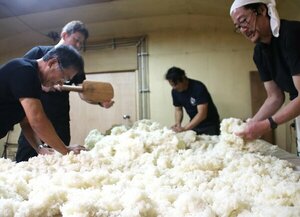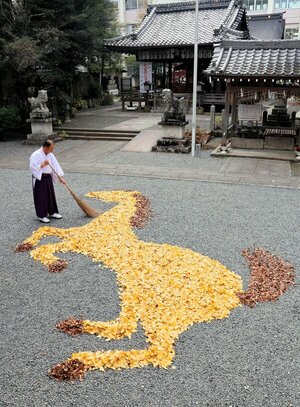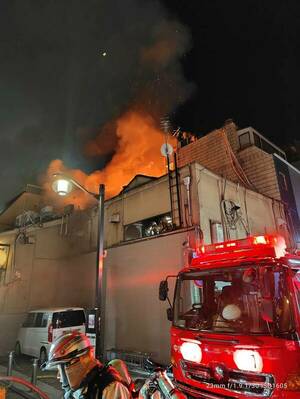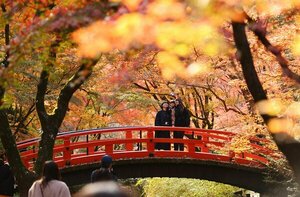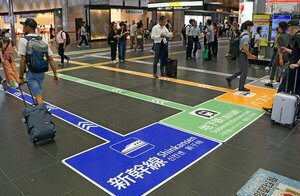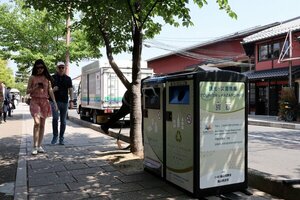As cashless payment for offerings at shrines and temples is gaining attention, Yasaka Shrine in Higashiyama Ward, Kyoto City, has begun offering wooden plaques called "sanpaisen" to be placed in offering boxes. Visitors first ask for offerings in the shrine grounds and then place the wooden plaque in the offering box placed in front of the altar. The shrine is keen to establish this as a new form of offering instead of cash. QR codes and electronic money seem more convenient, so why go to the trouble of asking for a wooden plaque?
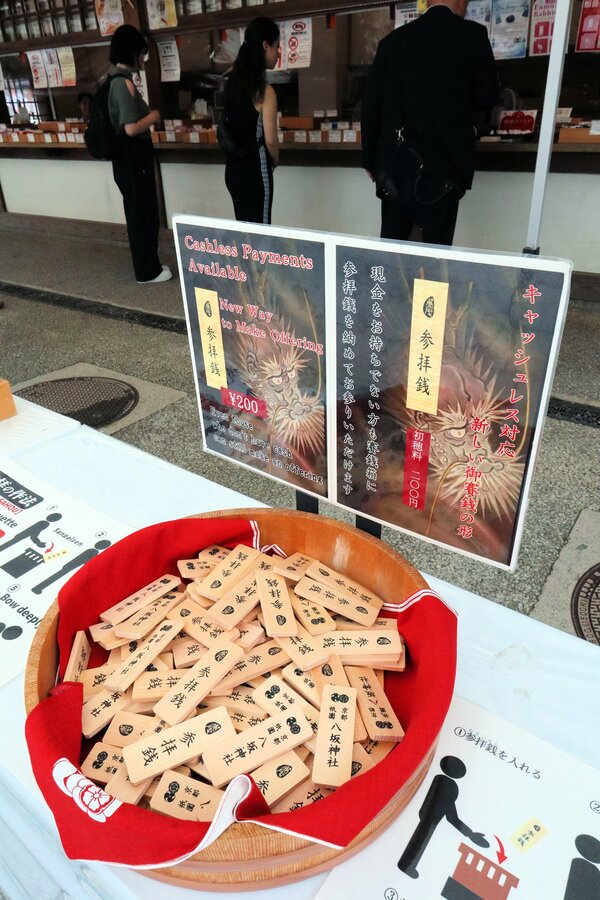
At shrines, visitors usually offer cash in the offering box placed in front of the main building and then pray. Although there are pros and cons in the religious community, in recent years it has become common to "throw" cashless offerings by displaying a QR code near the offering box.
At Yasaka Shrine, you can purchase items such as amulets cashlessly, but offerings are limited to cash. This is because they are concerned that the long-established shrine culture of worshippers offering offerings that carry their faith may be lost. So, "sanpaisen" was invented as an offering to suit modern society where cashless payments are rapidly spreading.
Sanpaisen are wooden tablets measuring 8.5cm in length, 2.8cm in width, and 5mm thick, with "Yasaka Shrine" written on them. They can be purchased in either electronic money or cash for 200 yen each, and worshippers place them in the offering box in front of the shrine, just like cash, and pray. This is said to preserve the culture of offering coins with thoughts placed on them in front of the shrine. In addition, the offered sanpaisen are collected, purified, and reused.

